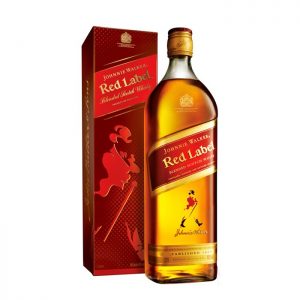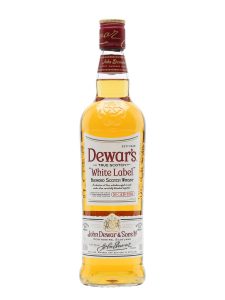Organized proselytizing efforts took a sophomore voyage this weekend. This time, the topic of discussion was bourbon. If rye whiskey puts a fire in a man’s belly, it is bourbon whiskey that sets his heart and soul ablaze.
This time, everyone had at least a little experience with the style of whiskey at hand. Whether it was Jim Beam or something on our panel, everyone had sampled Kentucky’s native spirit. Once again, I chose six whiskeys based on heritage, current producer, availability, and mash bill as well as more subjective criteria revolving around my concept of “good” whiskey. I provided a short history of bourbon and some information on each whiskey/distillery on the menu. The tasting menu included: Four Roses Yellow Label, Buffalo Trace, Woodford Reserve, Elijah Craig 12yo (distilled at Heaven Hill), Pritchard’s Double Barreled Bourbon (distilled at Heaven Hill, partially aged at Pritchard’s Distillery in Tennessee), and Old Weller Antique 107 (distilled at Buffalo Trace).
Each whiskey sampled had unique character that extended beyond the mash bill. Four Roses boasts multiple yeast strains. Buffalo Trace is twice distilled using a traditional continuous still and a small doubler for the second distillation. Woodford Reserve is the only distillery in Kentucky to make bourbon in copper pot stills. The Elijah Craig 12yo is made in small batches and was the oldest whiskey on the menu. Pritchard’s takes 6yo whiskey distilled at Heaven Hill, cuts it, re-barrels it and ages it for 3 more years in a Tennessee warehouse to “restore and enhance” the character of the whiskey that may have been lost with the addition of water. Lastly, the Old Weller Antique 107, other than being our highest proof dram, was also the only wheated bourbon of the bunch (wheat is used instead of rye in the mash bill).
Unlike the rye tasting, there was no clear favorite. If you recall, Sazerac Rye (another bottle from Buffalo Trace Distillery) was unanimously the favorite among the available rye whiskeys. Maybe it was the greater number of attendees or perhaps a greater diversity among them, but it seemed that each whiskey had it’s supporters and each had it’s detractors (spread pretty evenly across the field). The only exception was the Four Roses, which placed second on many lists but was no one’s number one. I’m pretty confident that would have changed if we had tasted the Small Batch or the Single Barrel instead of the Yellow Label.
Each whiskey sampled had unique character that extended beyond the mash bill. Four Roses boasts multiple yeast strains. Buffalo Trace is twice distilled using a traditional continuous still and a small doubler for the second distillation. Woodford Reserve is the only distillery in Kentucky to make bourbon in copper pot stills. The Elijah Craig 12yo is made in small batches and was the oldest whiskey on the menu. Pritchard’s takes 6yo whiskey distilled at Heaven Hill, cuts it, re-barrels it and ages it for 3 more years in a Tennessee warehouse to “restore and enhance” the character of the whiskey that may have been lost with the addition of water. Lastly, the Old Weller Antique 107, other than being our highest proof dram, was also the only wheated bourbon of the bunch (wheat is used instead of rye in the mash bill).
We had some interesting tasting notes. One attendee said that the Woodford smelled of the sea, while another swore that it tasted of peat. Maybe it was the power of suggestion, but I could see where they were coming from. My favorite quote of the night came from Carly, who commented that the Elijah Craig was “the first whiskey we’ve tried that didn’t make me want to start a fight.” I guess that means it’s a “gentleman’s whiskey.” There was even contention over the addition of water. One drinker even preferred the 107 proof Weller neat (without water). There were a few folks who loved the Pritchard’s until they found out how much it costs (around $50). Still a dram they enjoyed, but they might forego buying a bottle. The other drams we tasted were much more reasonably priced and offered just as much.
If I had to pick a favorite, I’m not sure I could. For flat out good bourbon, I really enjoyed the Elijah Craig (thanks to Sam Simmons for turning me on to this one at a Balvenie tasting). I always keep a bottle of Buffalo Trace in my cupboard and I might start stocking the Weller.
Thanks to everyone who attended and a very special thanks to Jim and Katie who opened their home to us and provided a nice nosh of delicious cheeses and meats. And thanks to my lovely wife for providing two-bite bourbon pecan pies for dessert.
If you would like my notes from our tasting (which include a short history of bourbon and of each dram along with tasting notes), just drop me a line.
Drink well, drink responsibly.
-Matt



